Home
What is a TV Sound Bar and How Does it Work?
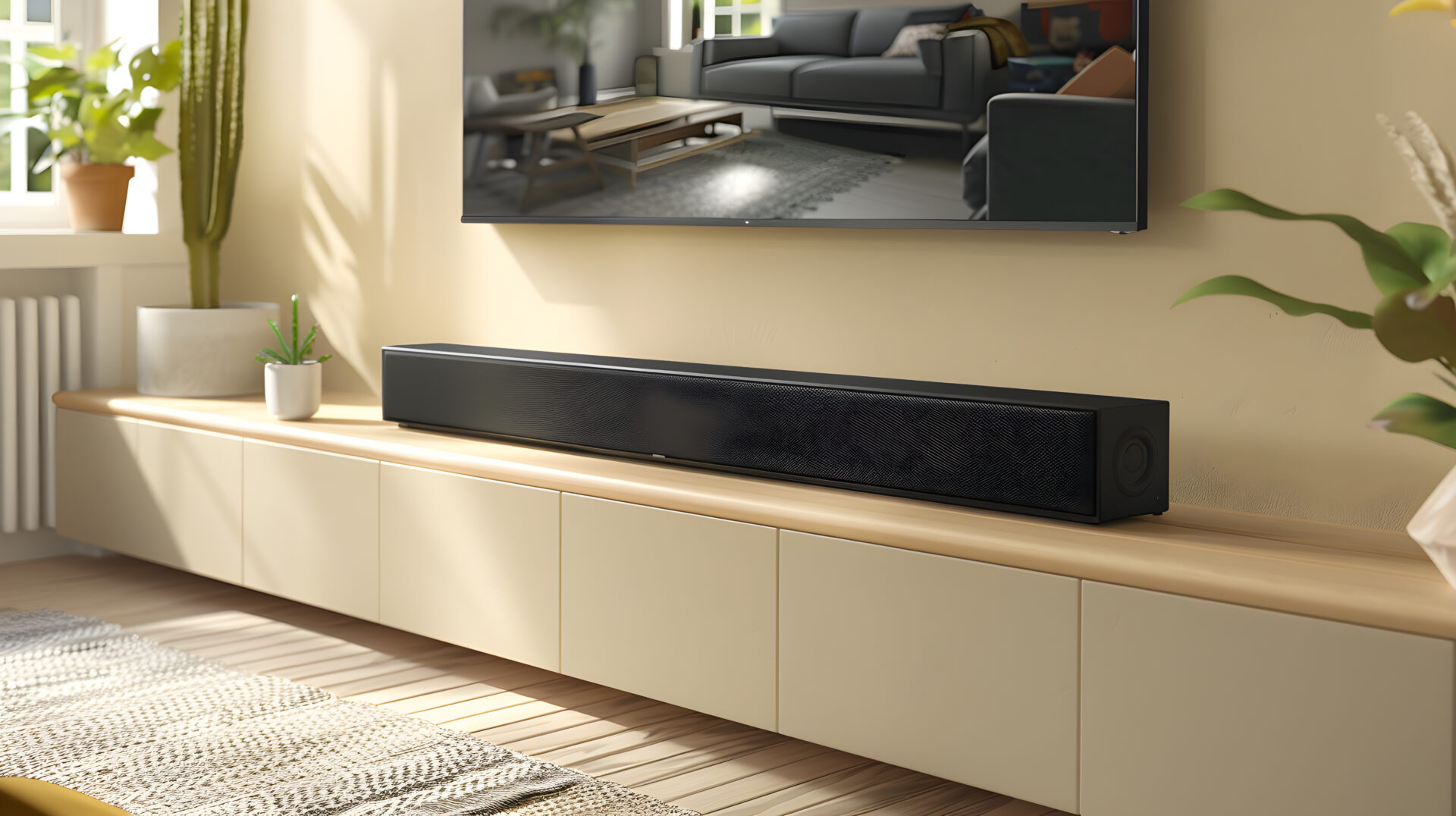
In the world of home entertainment, audio quality is as crucial as visual clarity. Enter the sound bar: a sleek, all-in-one audio solution designed to significantly enhance the auditory experience of your TV. But what exactly is a sound bar, and how does it work?
Understanding the Sound Bar
A sound bar is a long, slim speaker system that typically contains multiple speaker drivers housed in a single enclosure. It is designed to sit in front of or beneath your TV, providing a substantial audio upgrade without the need for a complex and cluttered multi-speaker setup.
Components of a Sound Bar
1. Speaker Drivers:
These are the individual speakers inside the sound bar. A typical sound bar may include tweeters for high frequencies, mid-range drivers, and sometimes woofers for bass. Advanced models might also incorporate up-firing speakers for Dolby Atmos effects.
2. Amplifiers:
These power the speaker drivers and boost the audio signals.
3. Digital Signal Processor (DSP):
The DSP is a key component that manages sound customization and enhancement. It processes audio signals to create virtual surround sound effects, EQ adjustments, and other sound enhancements.
4. Connectivity Options:
Modern sound bars offer various connectivity options such as HDMI ARC (Audio Return Channel), optical inputs, Bluetooth, and Wi-Fi, allowing seamless integration with different devices.
How Does a Sound Bar Work?
A sound bar works by receiving audio signals from your TV or other devices and processing these signals to produce high-quality sound. Here’s a step-by-step breakdown of the process:
1. Audio Signal Input:
The sound bar receives audio signals through its various input options. HDMI ARC is commonly used as it allows for both audio signal transfer and control signals via a single cable.
2. Signal Processing:
Once the audio signal is received, the DSP within the sound bar processes the signal. This involves decoding the audio format (such as Dolby Digital or DTS) and applying any preset or user-defined audio enhancements.
3. Amplification:
The processed audio signal is then sent to the internal amplifiers, which boost the signal to a level that can drive the speaker drivers effectively.
4. Sound Emission:
The amplified audio signal is finally output through the speaker drivers. The arrangement and quality of these drivers determine the sound bar’s ability to reproduce a wide range of frequencies accurately.
Enhancing TV Audio with a Sound Bar
Sound bars are designed to address the shortcomings of built-in TV speakers, which are often small and lack the capacity to deliver robust sound. Here’s how sound bars enhance your TV audio experience:
- Improved Clarity: With dedicated drivers for different frequency ranges, sound bars can deliver clearer dialogue, more detailed sound effects, and richer music playback.
- Virtual Surround Sound: Many sound bars use DSP technology to create a virtual surround sound experience, simulating the effect of multiple speakers placed around the room. This enhances immersion, especially in action-packed movies and video games.
- Bass Enhancement: Some sound bars come with an external subwoofer or built-in bass drivers to add depth to low-frequency sounds, providing a fuller and more cinematic audio experience.
- Easy Integration: Sound bars are user-friendly and can easily connect to your TV, reducing the complexity associated with traditional home theater systems.
A TV sound bar is an essential upgrade for anyone seeking to elevate their home entertainment audio quality. With its combination of advanced components and technology, a sound bar offers a convenient and effective solution to achieve immersive soundscapes, transforming your TV watching experience.

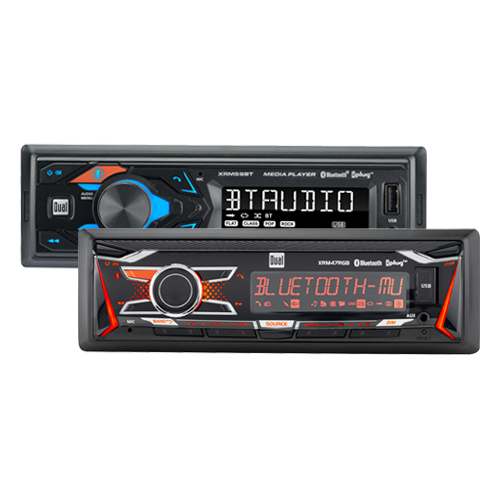
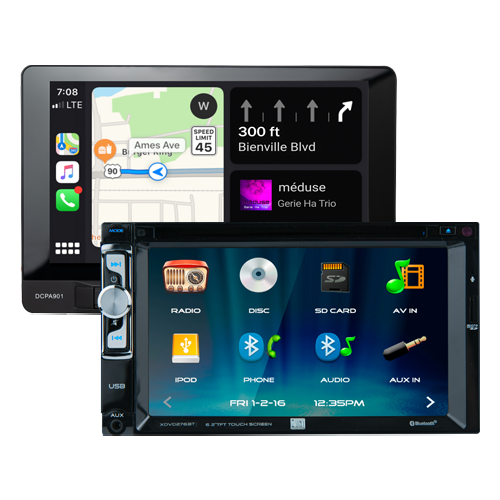

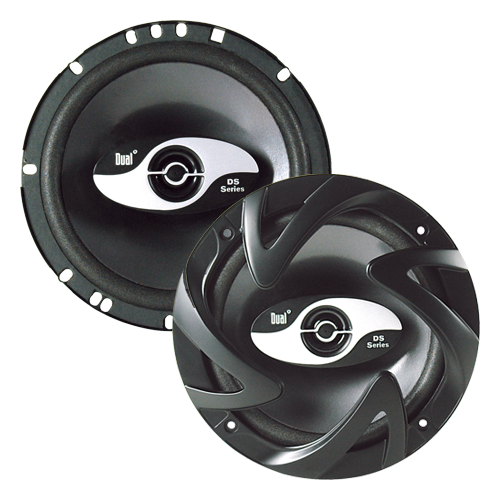
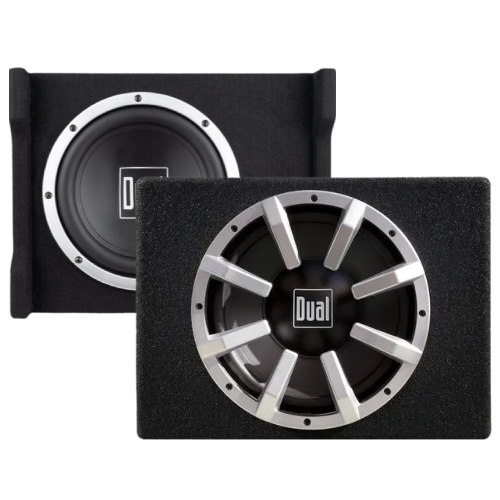
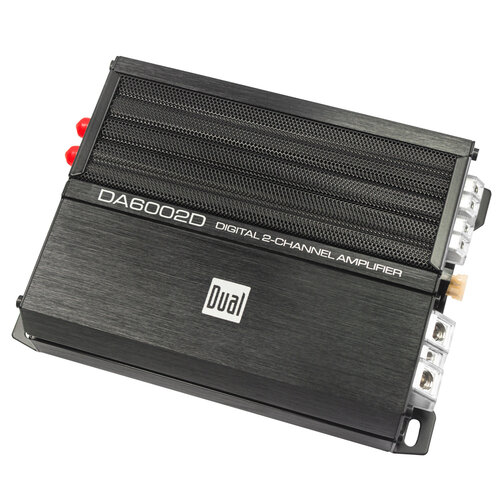
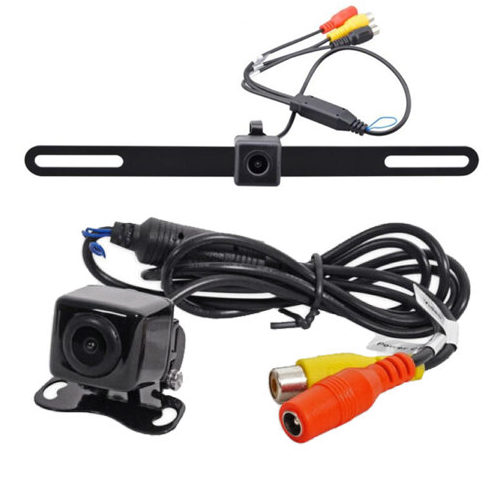
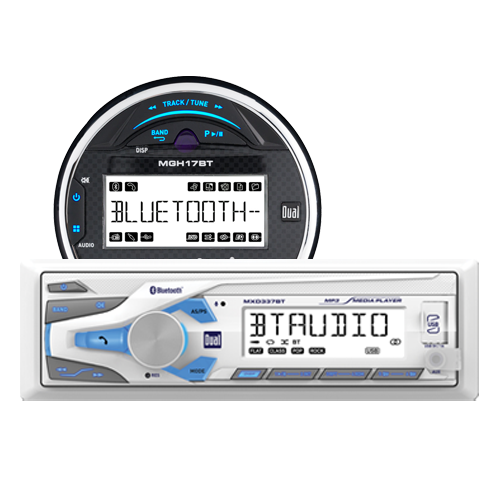
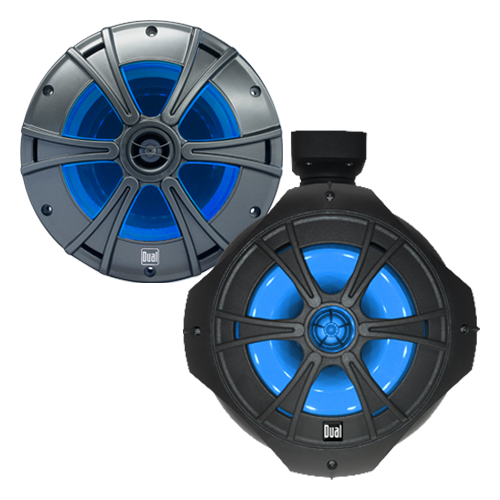
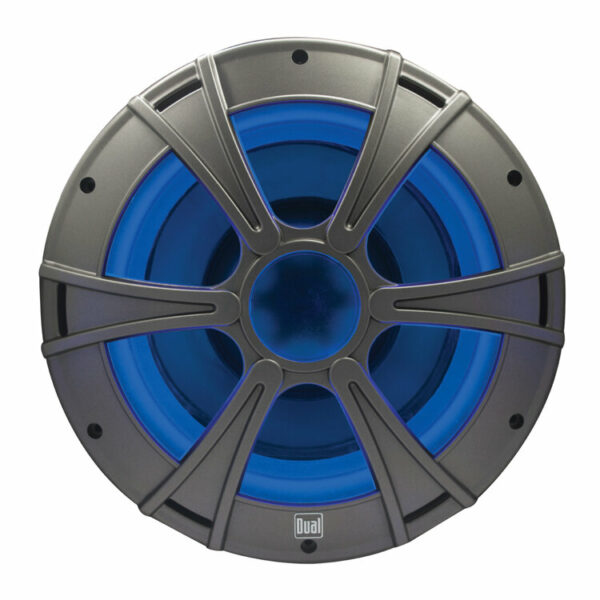
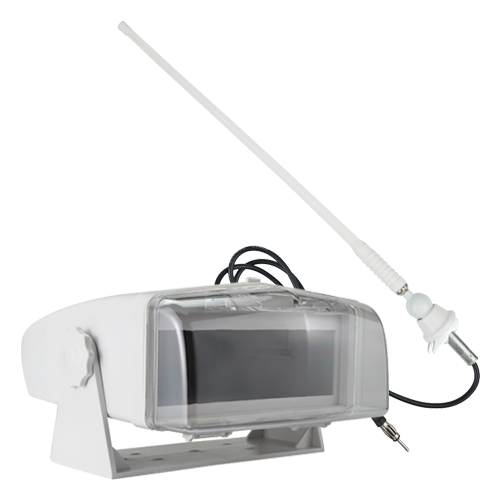
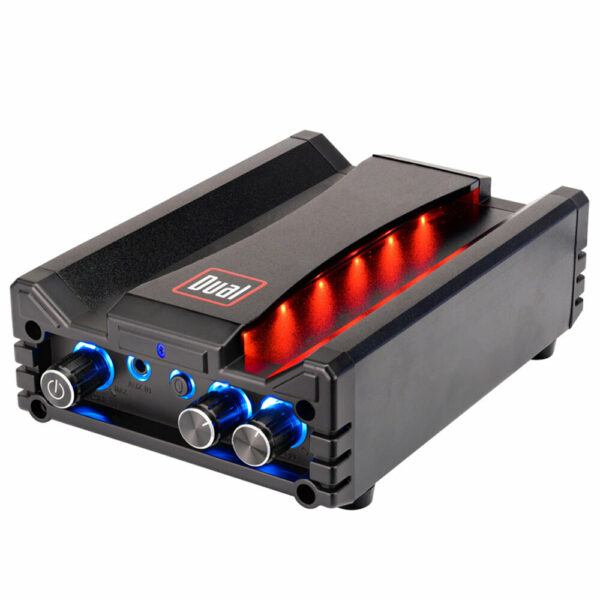
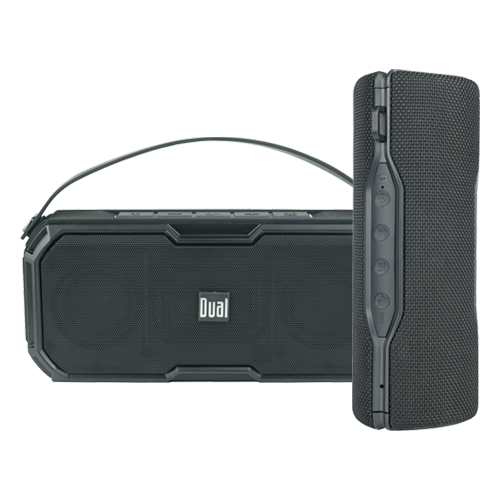
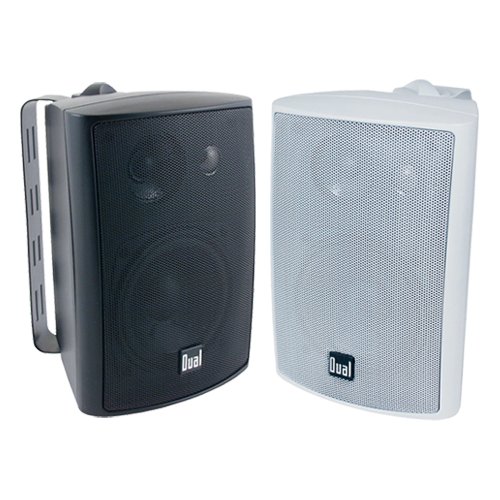
Car
The Impact of Speaker Size on Sound Quality in Car Audio Systems
Home
TV Sound Bar Maintenance: Tips for Longevity
Car
5 Signs It’s Time to Upgrade Your Car Stereo System
Home
Top 10 TV Sound Bars of 2024: Reviews and Recommendations